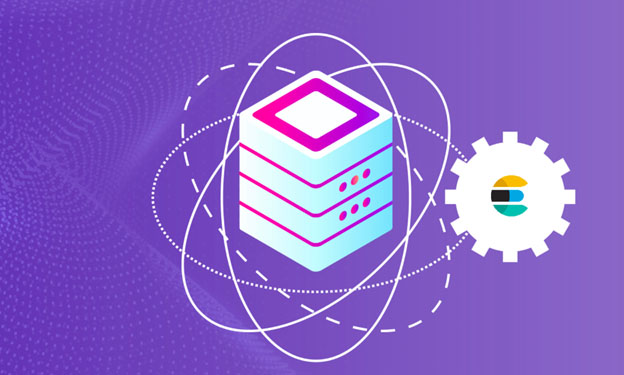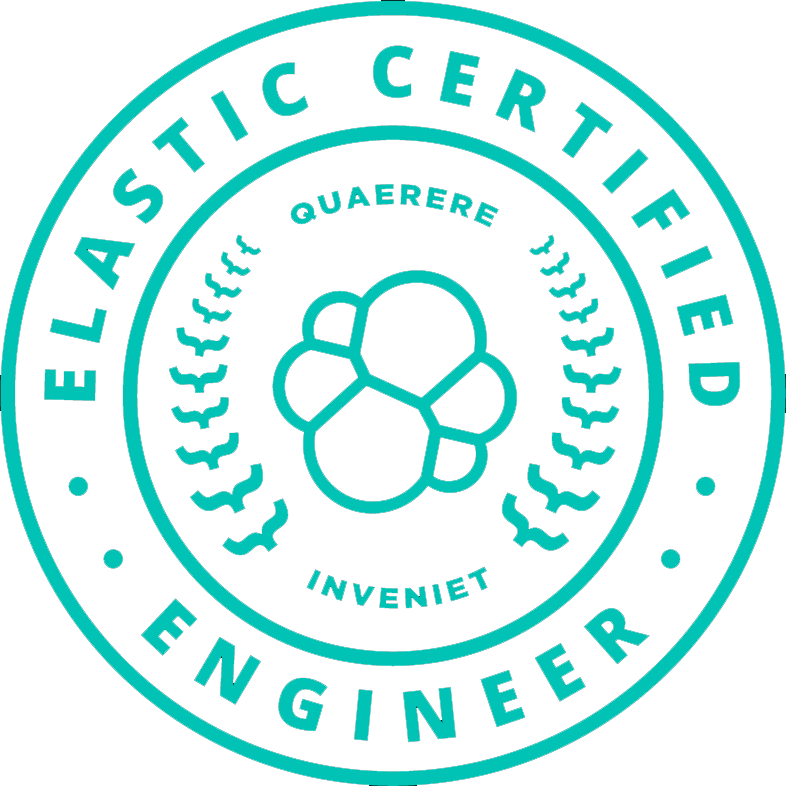Kafka & Elasticsearch Training

Master how to use Elasticsearch for everything from text search to log analysis and anomaly detection in this hands-on course
Elasticsearch is today’s de-facto standard for centralized logging and real-time analytics for system metrics and business data. What started as a full-text search engine quickly became much, much more than just that.
This intensive hands-on workshop is designed to teach you the Elastic Stack from the ground up. You will start by learning the basics of full-text search and information retrieval and the important Elasticsearch APIs: Document, Indexes, Queries and Aggregations APIs.
Only once you are fluent with the Elasticsearch APIs you can really use the powerful Elastic Stack to its full potential. Formerly known as ELK, the Elastic Stack has several components (Elasticsearch, Logstash, Kibana, Beats, and several Stack-wide solutions), and you will learn how to make good use of them all.
Objectives
The goal of this course is to provide an experienced developer with all the tools to succeed with integrating Elasticsearch into any type of project. You will learn:
- Using Elasticsearch to add full-text search to any application.
- Define and maintain Elasticsearch indexes, and correct data ingestion using Logstash and Beats.
- Perform aggregation queries to drill-down into your data.
- Use Kibana to investigate live data and create visually appealing dashboards.
- Working with time-series data (logs, IoT, and more).
- Understand where the Elastic Stack shines and how to use it correctly
Maintaining Elasticsearch in Production

Learn how to monitor and maintain a stable Elasticsearch cluster in production in this course
This course is aimed at developers and operations people who need to be able to maintain Elasticsearch clusters in production. In this course you will learn about the various parts that make up a cluster, how it operates, and many do’s and don’ts learned by experience over the years.
Objectives
The goal of this course is to make sure you can maintain a stable cluster regardless of the load you put on it.
- Performance, sizing, scaling out and multi-tenancy.
- Designing the right cluster topology
- How to monitor the cluster health
- Understand the various configurations behind the cluster
- Maintenance and troubleshooting
- Integration with clouds (AWS, GCP, Azure)
- Security
Kafka for Developers

Master how to use Elasticsearch for everything from text search to log analysis and anomaly detection in this hands-on course
Elasticsearch is today’s de-facto standard for centralized logging and real-time analytics for system metrics and business data. What started as a full-text search engine quickly became much, much more than just that.
This intensive hands-on workshop is designed to teach you the Elastic Stack from the ground up. You will start by learning the basics of full-text search and information retrieval and the important Elasticsearch APIs: Document, Indexes, Queries and Aggregations APIs.
Only once you are fluent with the Elasticsearch APIs you can really use the powerful Elastic Stack to its full potential. Formerly known as ELK, the Elastic Stack has several components (Elasticsearch, Logstash, Kibana, Beats, and several Stack-wide solutions), and you will learn how to make good use of them all.
Objectives
The goal of this course is to provide an experienced developer with all the tools to succeed with integrating Elasticsearch into any type of project. You will learn:
- Using Elasticsearch to add full-text search to any application.
- Define and maintain Elasticsearch indexes, and correct data ingestion using Logstash and Beats.
- Perform aggregation queries to drill-down into your data.
- Use Kibana to investigate live data and create visually appealing dashboards.
- Working with time-series data (logs, IoT, and more).
- Understand where the Elastic Stack shines and how to use it correctly
Maintaining Kafka in Production

Learn how to monitor and maintain a stable Elasticsearch cluster in production in this course
This course is aimed at developers and operations people who need to be able to maintain Elasticsearch clusters in production. In this course you will learn about the various parts that make up a cluster, how it operates, and many do’s and don’ts learned by experience over the years.
Objectives
The goal of this course is to make sure you can maintain a stable cluster regardless of the load you put on it.
- Performance, sizing, scaling out and multi-tenancy.
- Designing the right cluster topology
- How to monitor the cluster health
- Understand the various configurations behind the cluster
- Maintenance and troubleshooting
- Integration with clouds (AWS, GCP, Azure)
- Security

